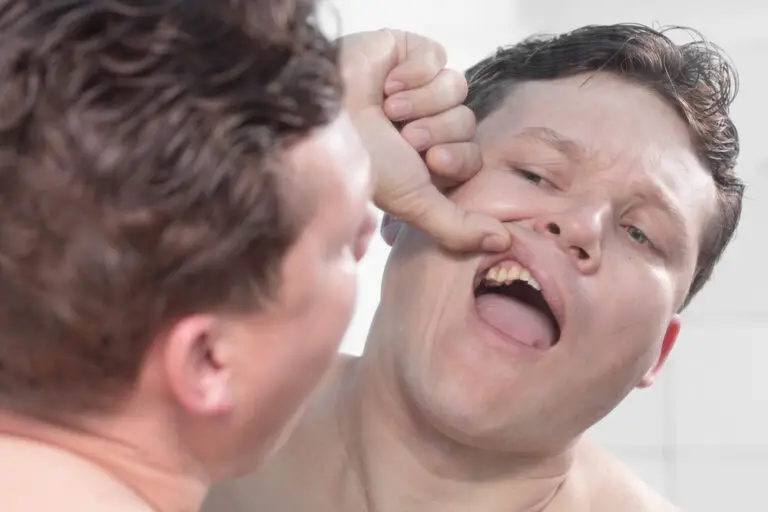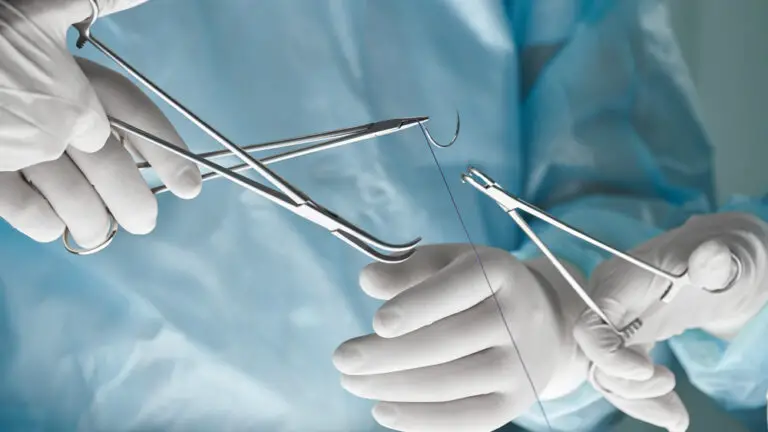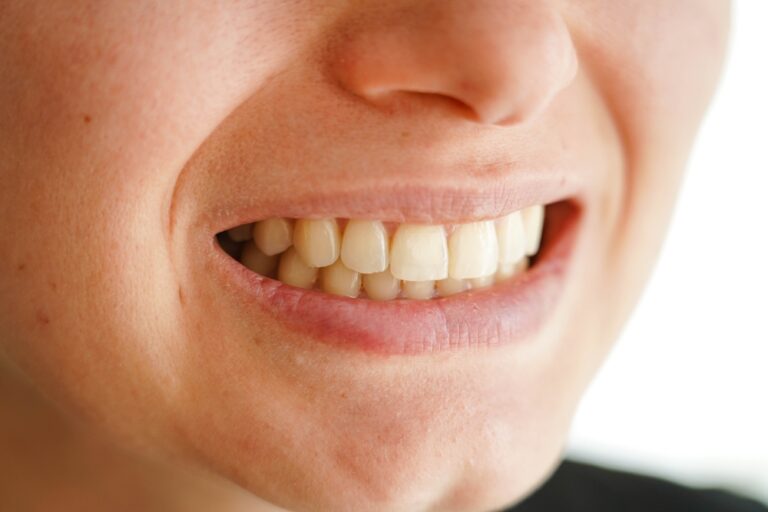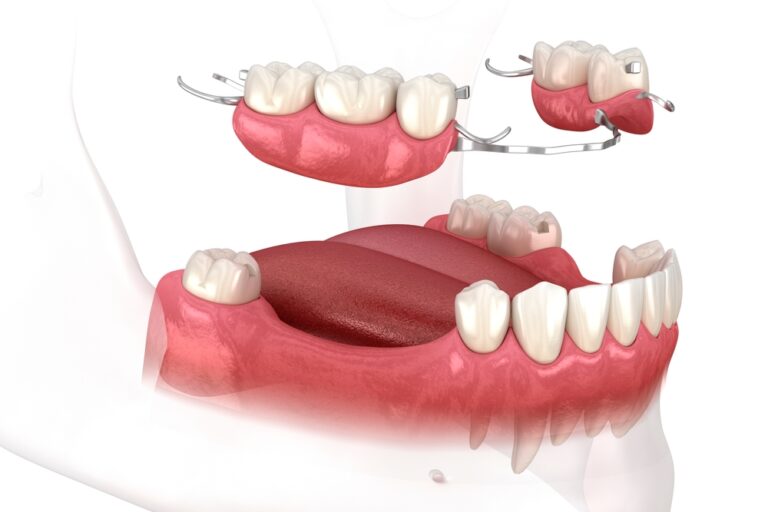Tooth decay is the first step to a more severe issue, dental cavities. Since such a complex condition is impossible to cure, your primary goal should be to learn how to prevent tooth decay. It is more affordable than costly dental procedures.
You should start with natural prevention, such as a well-established oral hygiene routine, a low-sugar diet, essential oils pulling, and regular checkups. The crucial thing is to prevent bacteria living in your mouth from forming dental plaque and eroding tooth enamel with produced acids.
What Is Tooth Decay?
Tooth decay is a tooth issue that implies the enamel and dentin layers erode due to inadequate nutrition and poor oral hygiene. It is reversible but leads to cavities, a more complicated and irreversible condition, when left untreated.
It initially appears as a white or dark spot on the tooth surface and leads to a hole in the deeper tooth layers because of prolonged mineral loss. Such a condition is typically followed by painful toothache.
Even though tooth decay primarily appears in kids, teenagers, and seniors, everybody can suffer from this condition. Believe it or not, even infants can get dental caries. Primary symptoms of tooth decay include:
- Tooth sensitivity and toothache
- Sharp pain while biting or consuming cold, sweet, and hot drinks and food
- White, brown, or black staining and visible holes on the tooth surface
Ways to Prevent Tooth Decay
Prevention is always better than treating the problem, so you should try a few methods to avoid tooth decay whenever possible. Let’s take a look.
1. Brush teeth twice a day
Brushing teeth for about two minutes helps remove dental plaque from their surface, so you should do it appropriately. Make small circles angled towards the gums gently, without hard pressure on the tissue. Otherwise, you may hurt your gums and damage tooth enamel.
Always choose soft bristles or an electric toothbrush, and clean your teeth at least twice a day because a thin plaque layer forms within 12 hours. Its regular removal and fluoride toothpaste use prevent tooth decay from forming.
Never brush your teeth immediately after acidic meals and fizzy drinks intake to prevent rubbing acids into the enamel. In such cases, it is enough to rinse your mouth and wait about half an hour before brushing.
Rinse your mouth with water after brushing to eliminate food particles and excess dental plaque. However, avoid alcohol-based mouthwash to prevent mouth drying.
Unfortunately, brushing removes only two-thirds of sugar, acid, and bacteria build up between teeth. Therefore, you need to use an interdental brush and floss to clean everything properly.
2. Use a fluoride toothpaste
Fluoride toothpaste remineralizes teeth with the initial tooth decay process and strengthens the tooth enamel. However, you should be careful with excess fluoride ingestion since it may cause lower intelligence, low blood pressure, skeletal fluorosis, and sometimes congenital disabilities in kids.
Therefore, children under age six shouldn’t use fluoride toothpaste. In fact, they should brush their teeth with only a toothbrush and water until their swallowing reflex fully forms.
3. Floss teeth twice a day
Since brushing your teeth twice daily is not enough to remove all the plaque, you should include regular flossing in everyday dental hygiene. Floss can reach places unavailable to the toothbrush and help you remove tiny food particles between your teeth.
Waxed dental floss is the best option. It is better to avoid sewing thread and wooden toothpicks to prevent gum injury and existing teeth fillings damage.
4. Mouthwash with essential oil
Regular mouth rinsing with mouthwash after meal benefits your oral health by preventing bad breath and fighting against halitosis. It eliminates food particles, bacteria, acid, and excess plaque from the oral cavity, but you should avoid alcohol-based products.
This mouthwash type dries mouth mucosa, promoting gum disease and tooth decay. A better option is to buy natural essential oil-based mouthwash or a water mouth rinse. Some essential oils are an excellent option for this purpose, like:
- Peppermint and spearmint essential oils
- Clove essential oil
- Tea tree essential oil
- Aloe essential oil
- Coconut essential oil
- Cinnamon essential oil
- Xylitol
On the other hand, avoid using mouthwash containing ingredients such as:
- Alcohol
- Formaldehyde
- Sodium lauryl sulfate
- Parabens
- Triclosan
- Chlorhexidine
- PEG-40
5. Try oil pulling
Oil pulling is the practice of swishing oil in an oral cavity for approximately 20 minutes before spitting it out. The best options for this ancient procedure are olive, coconut, and sesame oils.
Oil pulling is believed to remove toxins from the human body, but there is still no scientific evidence for this claim. However, this habit reduces bacteria levels and plaque in the mouth and prevents gingivitis.
6. Try natural licorice
Twizzlers contain licorice extract, but it is not real licorice. Natural licorice from the licorice plant roots is black and has anti-inflammatory, anti-microbial, and anti-adhesive properties. Therefore, you can use it to prevent oral tooth decay.
7. Practice healthy diet
The list of food preventing tooth decay includes the following:
- Fresh fruit
- Leafy green and crunchy vegetables
- Whole grains
- Nuts and seeds
- Eggs
- Meat and fatty fish
- Dairy products, like milk and cheese
- Green tea
Fruits and vegetable intake provides essential vitamins and minerals and prevents excess calorie consumption. Besides, crunchy fruit and veggies, like apples, carrots, broccoli, and celery, are excellent for cleaning your mouth.
8. Avoid harmful food
Tooth decay is primarily a result of inadequate food, so the best way to prevent it is to avoid harmful ingredients like:
- Sugar-rich food, such as white bread, cereals, cookies, and cake
- Sticky sweet foods, including pies, dried fruit, and chewable sweets
- Fried starch-rich food like French fries and potato chips
- Sugary drinks like fruit juice, soda, and sports drinks
- Acidic ingredients, such as wine, coffee, and citrus
- Popcorn
- Alcohol
9. Reduce sugar level in your diet
Sugar and starch are among the primary causes of tooth decay cause, so you need to be careful when intaking food rich in these ingredients. Some food and drink types contain high sugar levels, particularly the following:
- Candy
- Protein bars
- Sauces like ketchup
- Corn syrup
- Fruit juices
- Sodas
- Energy drinks
The problem with sugar is that this ingredient feeds harmful bacteria inside your mouth, encouraging them to secrete acids responsible for tooth decay appearance. Sugar reduction in your diet may slow down and even entirely prevent dental caries.
10. Increase fiber intake
Fiber-rich fruit and veggies, milk, cheese, and plain yogurt are the best food for your kid’s oral health. They keep teeth clean and increase saliva production, keeping teeth free from plaque and decay.
11. Drink water after every meal
Always drink a glass of water after a meal to rinse your mouth from leftovers. Do the same after consuming sticky foods, sugary meals, and acidic drinks to prevent harmful sugars and acidic food particles from lingering on your teeth.
Besides, water keeps you well-hydrated and increases saliva production, so you should drink 6 to 8 glasses of water daily.
12. Vitamin D intake
Vitamin D helps bones and teeth absorb and retain minerals, primarily calcium, phosphorus, and magnesium, which are responsible for remineralization.
Therefore, they are crucial in tooth decay prevention. Sun exposure maintains a necessary body level of this vitamin, but you can also add it through supplementation.
13. Chew sugar-free gum
Chewing gum benefits your oral health, but only when using sugar-free brands. It promotes saliva production, clears gaps between teeth from leftovers and bacteria, and prevents dry mouth and tooth decay.
The best option is chewing gums sweetened with xylitol, but be careful when having a dog. This natural compound is safe for humans but toxic for canines after ingestion.
14. Regularly visit your dentist
Preventive visiting a dentist twice a year is an effective way to check your teeth and spot possible decay on time. Your dentist will do the following:
- Examine your gums and teeth
- Recommend correct cleaning techniques
- Thoroughly clean teeth and remove plaque build-up
- Timely identify possible oral health issues
- Offer guidance about diet and lifestyle that affect your oral health
- Timely spot cavities and fill them immediately
15. Dental sealants
Dental sealants are a plastic protective tooth coating applied to the molars’ biting surfaces. Their primary function is to protect these back teeth from decay in children.
16. Fluoride treatment
This treatment may revitalize tooth enamel in caries’ initial stages and prevent tooth decay in kids’ rear molars.
17. Antibacterial treatment
This treatment is crucial for patients particularly vulnerable to tooth decay, primarily due to specific medical conditions. It includes antibacterial mouth rinses combined with xylitol-based chewing gums and prescribed fluoride that reduce the risk of cavities.
Summary
Tooth decay is a health condition mainly caused by poor diet and improper daily hygiene. The best option to avoid high dental bills is to prevent this condition naturally. Once tooth decay becomes irreversible, visiting your dentist is the only way to solve permanent damage.






